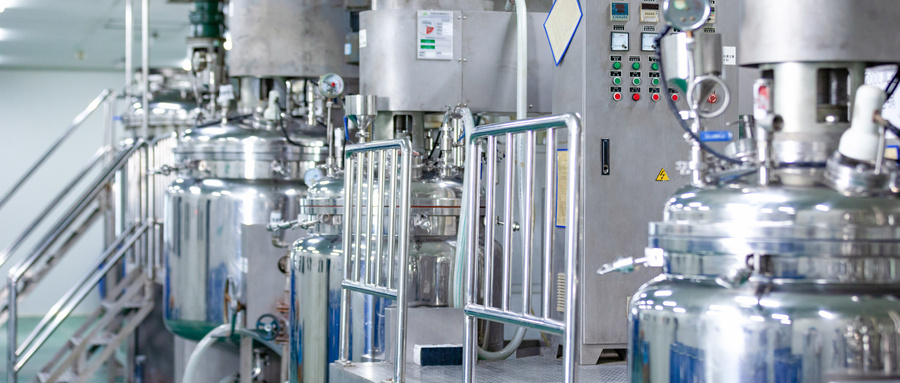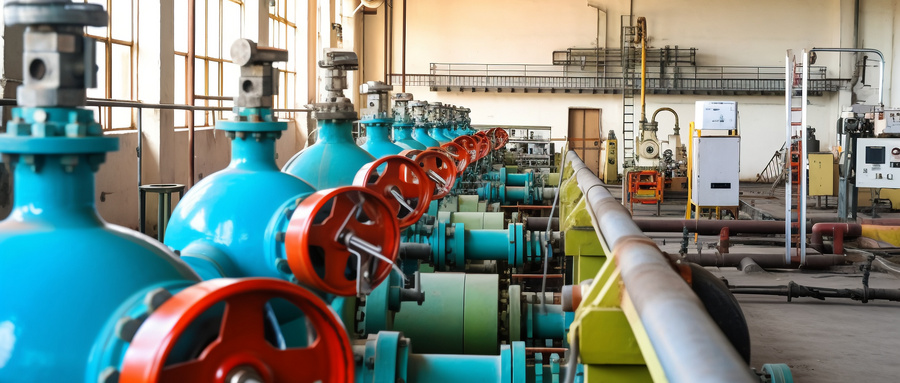Nickel alloy products are commercially available in a variety of forms, including plates, sheets, strips, tubes, joints and forgings. Some nickel alloys are also available as cast products, which often have different properties than their wrought counterparts. Nickel alloys are generally classified according to their main alloy components. The following is a brief introduction to nickel alloys that are widely used in chemical equipment:
Pure nickel (Alloy 200) has very good corrosion resistance to various reducing acids and salts, but is not suitable for strongly oxidizing media such as nitric acid. The most important characteristic of pure nickel is its unparalleled resistance to caustic alkali corrosion, even in molten caustic alkali. For applications with temperatures above 600°F, it is best to use a derivative of Alloy 200, the low-carbon Nickel 201 (UNS N02201).

Nickel-Copper Alloy 400 Like nickel, Monel 400's corrosion resistance performs best under reducing media conditions, while aeration and oxidizing chemicals are detrimental to its corrosion resistance. Monel 400 has very good resistance to hydrohalic acid and halide corrosion, especially hydrofluoric acid and high-temperature gases containing fluorine or hydrogen fluoride. This alloy is widely used in the treatment of sulfuric acid solutions, seawater and brine. For applications requiring high strength, such as valves and pump parts, Monel K-500 (N05500) is often used, which is a precipitation hardening derivative of Monel 400.
The addition of chromium to the nickel matrix of Nickel-Chromium-Iron Alloy 600 expands the applicability of Alloy 600 in oxidizing environments and is widely used in the production, storage and transportation of hydroxides and alkaline chemicals; In high-temperature applications with corrosion requirements, Monel 600’s excellent performance in high-temperature halogen environments makes it an ideal material for organic chlorination reaction processes.
Nickel-chromium-molybdenum alloy 625 adds molybdenum to the nickel-chromium alloy to increase the corrosion resistance of the material to oxidizing and reducing inorganic acids and salts. Alloy 625 is a high-strength material with excellent fatigue resistance. Like Alloy 600, Alloy 625 can be used as both a corrosion-resistant material and a heat-resistant material. The excellent high-temperature strength of Alloy 625, as well as the comprehensive properties of resistance to halogen corrosion, oxidation and carburization make it an ideal material for chemical and petrochemical equipment operating in harsh high-temperature environments.

Nickel-Chromium Alloy 690 Alloy 690 has the highest chromium content among the nickel alloys used in pressure equipment manufacturing, and has extremely strong corrosion resistance to oxidizing media. It can be effectively used with hot concentrated sulfuric acid, nitric acid and nitric/hydrofluoric acid mixed acids as well as oxidizing salt media. The high chromium content also improves the material's corrosion resistance in high-temperature vulcanization environments.
Nickel-Chromium-Alloy 825 Because the alloy contains nearly 30% iron, Alloy 825 is sometimes included in the super austenitic stainless steel series. It performs well in sulfuric and phosphoric acid media, similar to Alloy 20, for which it was developed primarily for use in sulfuric and phosphoric acid media. Although Alloy 825 has acceptable resistance to hydrochloric acid corrosion, it is prone to chloride ion pitting and crevice corrosion, especially in stagnant and non-ventilated solutions. Alloy 825 has a high iron content, so its resistance to alkali and halogen corrosion is lower than alloys with higher nickel content.
The corrosion resistance of Nickel-Chromium-Iron-Molybdenum "G" Alloy G-3 exceeds that of Alloy 400, Alloy 600 and Alloy 825 in many applications. This alloy is particularly resistant to corrosion by sulfuric acid and impure phosphoric acid, and can withstand both reducing and oxidizing media conditions. The later developed alloy G-30 has better welding performance and overall improved corrosion resistance, especially the corrosion resistance of the heat affected zone of the weld.l
Nickel-Chromium-Molybdenum "C" Alloy Alloy C-276 is an excellent alloy material used in the chemical industry to cope with extremely corrosive media conditions (beyond the capabilities of stainless steel). It is used in various acids, acidic salts and other types of Outstanding corrosion resistance in corrosive chemicals. Alloy C-276 performs well in harsh environments such as wet chlorine and hypochlorite. Because Alloy C-276 has a high molybdenum content, it has good corrosion resistance to pitting and crevice corrosion caused by chloride ions.
Nickel-Molybdenum "B" Alloy Alloy B-2 has outstanding corrosion resistance to reducing sulfuric acid, phosphoric acid and hydrochloric acid. It is particularly suitable for hydrochloric acid equipment over the entire concentration range and at temperatures up to the boiling point. Oxidizing chemicals have an adverse effect on the corrosion resistance of this alloy, especially strong oxidants such as iron ions and copper ions as impurities in the solution.
